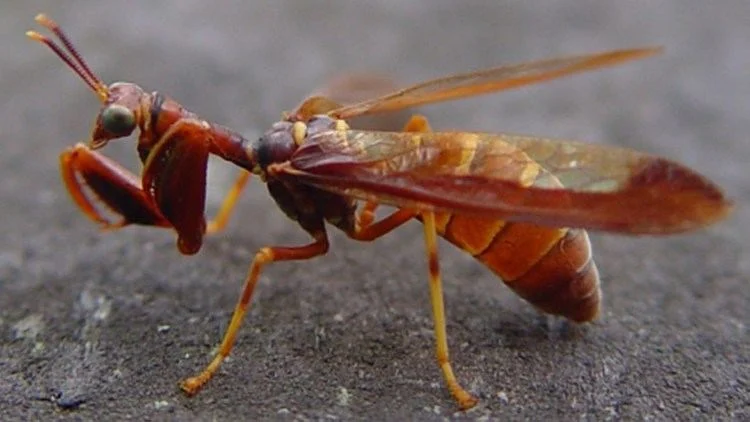Despite being completely non-threatening to humans, the golden orb weaver spider ( ) has acid-yellow spots and pincer-like legs, and is as broad as a human fist. In other words, it looks otherworldly enough to strike fear into the hearts of even the most seasoned nature buff. But creeping through the palm forests of Costa Rica’s Central Pacific is another insect that even the eerie-looking spiders have nightmares about.
Found only in Costa Rica, the parasite wasp doesn’t just kill orb spiders. It also takes over the spiders’ minds and forces them to do its bidding. Also known as the “zombie wasp,” uses a cocktail of mind-altering chemicals and poisons to force the orb spider to serve as a host and first meal for its offspring.
After mating, the mother zombie wasp begins searching for a suitable host. Once she finds a host, she injects a toxin into her chosen orb spider to paralyze it, then secures one egg to the spider’s abdomen. Once the paralysis wears off, the orb spider carries on normally, unaware that there is an egg on its stomach.
The orb spider remains unaware of its fate even after the larva hatches from the egg and pokes holes in its host’s belly to feast on the spider’s hemolymph (the spider-version of blood). The larva stays on its host’s stomach, sucking its blood for several weeks until it is ready to pupate, the next stage in the insect’s development toward adulthood. To do this, the wasp larva needs a stable spot to build a cocoon.
Rather .


















